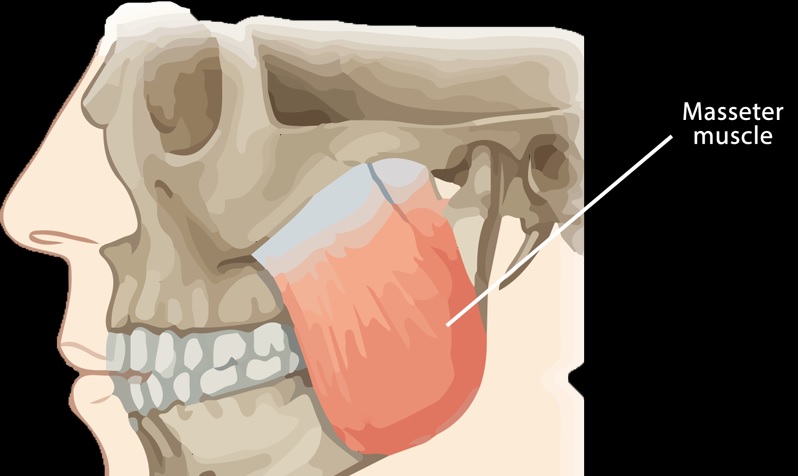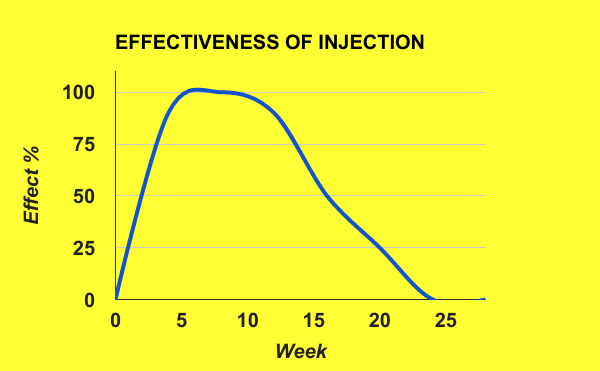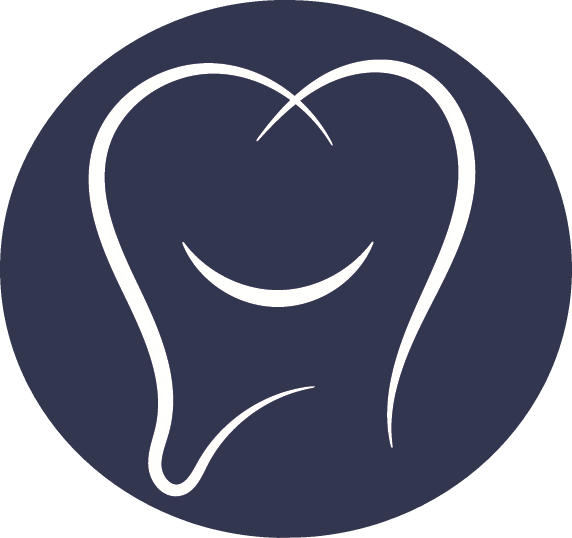
14 Mar My Dentist Does Botox Injections?!
Two years ago, I’ve started offering botox injections in my dental clinic to our patients.
This decision was met with one of three different types of reactions from our patients:
- Why would a dentist be doing these injections in my face – don’t they just work in the mouth?
- Oh that’s great! I’ve been thinking about getting a touch up.
- Why would anyone put that in their face? People need to learn to accept who they are and how they look.
I’m sure there are other reactions too ( does she honestly think I look wrinkled??) but no one has actually said that to me. Yet.
So why did I start offering this treatment?
- For patients with facial muscle pain.
- For patients who want this treatment for cosmetic reasons.
- It is fun to do.
Let’s back up a bit first and go over what is botox. Botox is a trade name for botulinum toxin and it is a protein that comes in a purified powder. This toxin prevents neurotransmitters from activating the muscle fibers in our body.
Because this toxin modulates neural activity, we call it a neuromodulator. Neuromodulators prevent muscles from contracting so they’re great for treatment of spastic or overactive muscles in the body.
Some conditions that benefit from this toxin injection:
- excessive sweating in the palms, feet, underarms, etc.
- migraine headaches caused by muscle tension
- neck spasms
- overactive bladder
There is more background information here.
For my practice, we use neuromodulators to alleviate jaw muscle tension and to reduce wrinkles that develop when facial muscles are contracting.
Alleviating Jaw Muscle Tension
Patients usually suffer from jaw muscle tension and pain as a result of clenching or grinding their teeth. These muscles are the ones that aid in pulling the lower jaw upward until the teeth contact.
A neuromodulator injected into one of the main muscle groups that close the jaw, the masseters, will help decrease the amount of force the masseters can exert. This will in turn lessen the tension in those muscles and decrease the amount of damage clenching and grinding can do to the teeth.
Aside: if you clench or grind your teeth and hate wearing your night guard, this can be a great alternative.
These injections do not prevent you from closing your mouth and chewing your food. The masseters are huge muscles and this procedure will only temporarily paralyze some of its muscle fibers. The majority of the masseter muscle will still be entirely functional.

There are also other muscles that help pull up the lower jaw so don’t think that you have to cancel Wing Wednesday and just eat through a straw.
Reducing Wrinkles
Patients who want to reduce the look of wrinkles will find that neuromodulators, like botox, work best on wrinkles you see when you move your facial muscles. Like squinting, frowning, raising your eyebrows, etc.
You can see some examples here, but truthfully, a quick google search will yield way more photos.
Wrinkles you see at rest cannot be removed by neuromodulators.
This last point is a major reason why patients in their 20’s and 30’s make up a big portion of people who use botox. By the time you can see the wrinkles on your face at rest, it may be too late to use botox in that area.
Neuromodulators help train the muscles from contracting too forcefully and subsequently, the wrinkles you produce by moving these muscles are less prominent. Over time, this delays the age at which you see wrinkles at rest and also reduces the prominence of those wrinkles.
It is not even just women who ask for these injections. Check out #brotox to see what I mean.
Patients who want these injections are no longer just patients in their 70’s who end up looking like they got work done. They’re typically younger folks who want to look like themselves a few years ago, not twenty years ago.
Pictures you see of celebrities trying to hold onto their youthful looks did not get that way with a few simple injections of neuromodulators. They got facelifts, nose jobs, chemical peels, and derma fillers in the cheeks and lips. What I’m talking about here is way more subtle than that.
Some More Information on Neuromodulators
Patients can expect to see results anywhere between 2-10 days after the injections. Approximately 90% of patients will have full effects at 1 month. It is not unusual to need a small top up after 10 days if there are areas where you can still see some wrinkles.
The effects can last 3-4 months.

Patients who exhibit no response either did not have the injections done properly (injected into wrong site, drug was expired, etc) or they have antibodies specific to the toxin.
For injections into the masseter muscles, the effect can last up to 6 months.
Here are some side effects:
- transient headaches
- ptosis (drooping) of eyebrow, eyelid or corner of the mouth
- pain, bruising, swelling at injection site
- numbness
Although not pleasant, these side effects are temporary and will wear off when the effects of the toxin wears off in 3-4 months.
Even though this drug is a toxin that causes muscle paralysis, for our purposes in reducing muscle tension in the jaw and reducing the look of wrinkles, the dosages are very small. For most patients, we are using less than 150 units of the drug. The lethal dose is 10,000 units.
Who Should Not Get These Injections
- Pregnant people
- People who have neuromuscular disorders (Ex. myasthenia gravis, Lambert-Eaton syndrome, amyotrophic lateral sclerosis, peripheral motor neuropathies)
I hope this helps answer some questions you might have had about why dentists are doing botox injections now. As random as it might have seemed when you first heard it, neuromodulators definitely provide therapeutic and cosmetic benefits to our dental patients.
Phuong Luu, DDS


